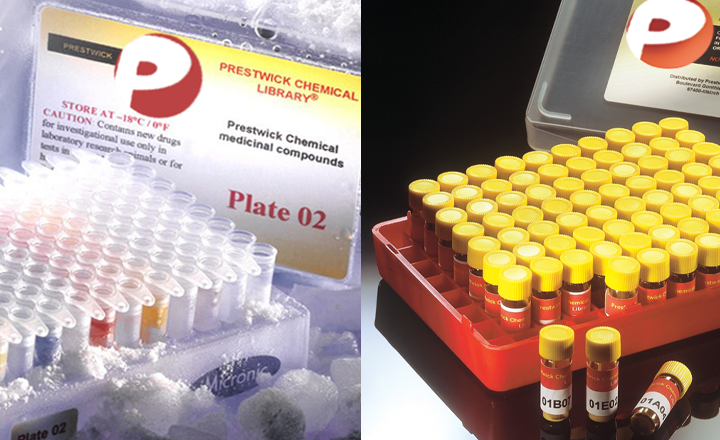Development of a high-throughput screening cancer cell-based luciferase refolding assay for identifying Hsp90 inhibitors.
Sadikot T, Swink M, Eskew JD, Brown D, Zhao H, Kusuma BR, Rajewski RA, Blagg BSJ, Matts RL, Holzbeierlein JM, Vielhauer GA
Assay and drug development technologies - vol. 11 478-488 (2013)
Assay and drug development technologies
The 90 kDa heat-shock protein (Hsp90) and other cochaperones allow for proper folding of nascent or misfolded polypeptides. Cancer cells exploit these chaperones by maintaining the stability of mutated and misfolded oncoproteins and allowing them to evade proteosomal degradation. Inhibiting Hsp90 is an attractive strategy for cancer therapy, as the concomitant degradation of multiple oncoproteins may lead to effective anti-neoplastic agents. Unfortunately, early clinical trials have been disappointing with N-terminal Hsp90 inhibitors, as it is unclear whether the problems that plague current Hsp90 inhibitors in clinical trials are related to on-target or off-target activity. One approach to overcome these pitfalls is to identify structurally diverse scaffolds that improve Hsp90 inhibitory activity in the cancer cell milieu. Utilizing a panel of cancer cell lines that express luciferase, we have designed an in-cell Hsp90-dependent luciferase refolding assay. The assay was optimized using previously identified Hsp90 inhibitors and experimental novobiocin analogues against prostate, colon, and lung cancer cell lines. This assay exhibits good interplate precision (% CV), a signal-to-noise ratio (S/N) of ≥7, and an approximate Z-factor ranging from 0.5 to 0.7. Novobiocin analogues that revealed activity in this assay were examined via western blot experiments for client protein degradation, a hallmark of Hsp90 inhibition. Subsequently, a pilot screen was conducted using the Prestwick library, and two compounds, biperiden and ethoxyquin, revealed significant activity. Here, we report the development of an in-cell Hsp90-dependent luciferase refolding assay that is amenable across cancer cell lines for the screening of inhibitors in their specific milieu.


